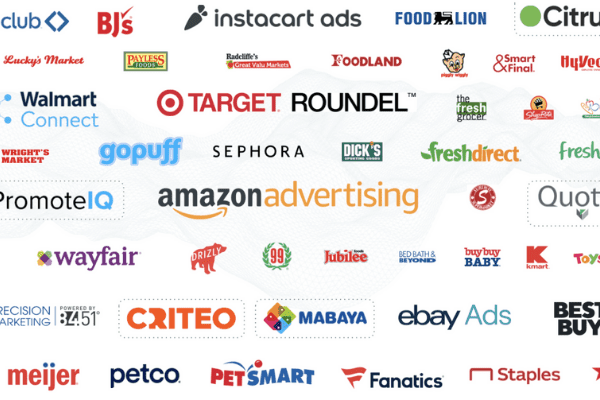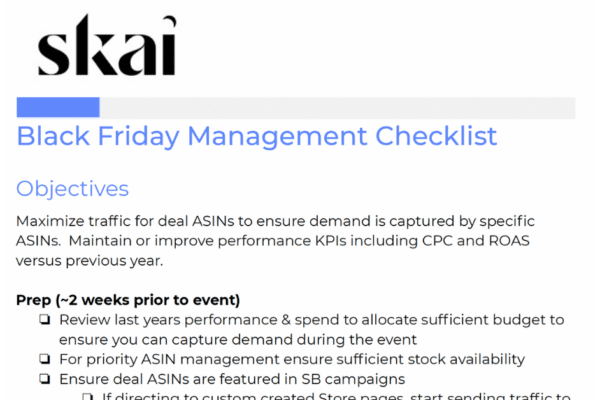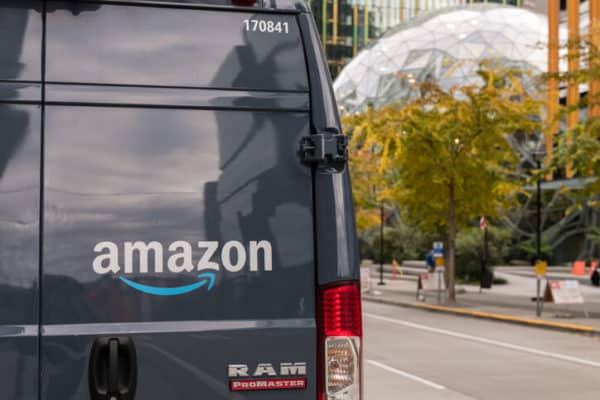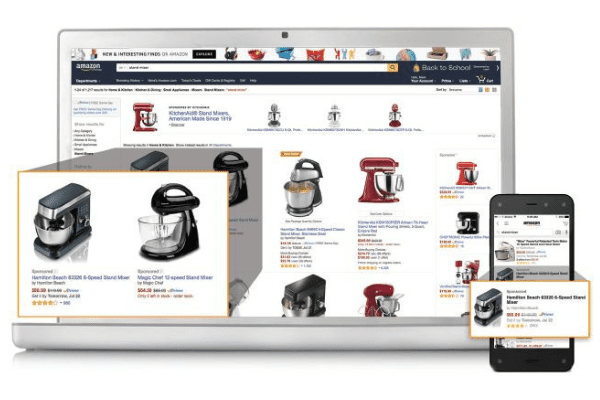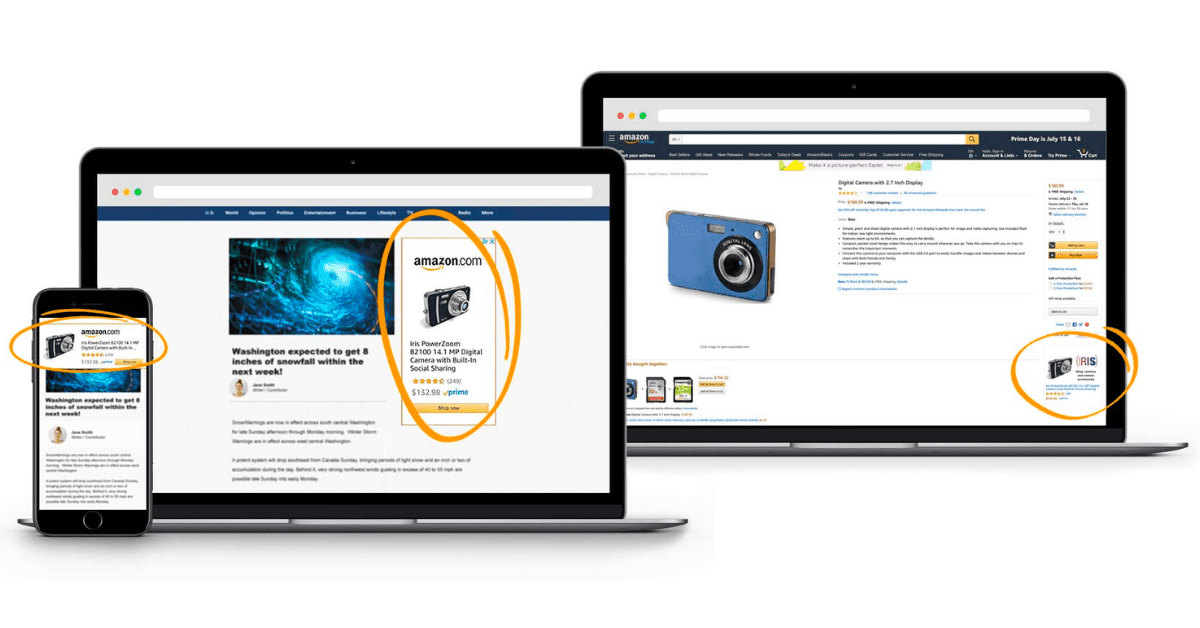
But product targeting, which serves sponsored products nearly everywhere Amazon customers might be shopping, is quickly becoming a critical part of top brands’ Amazon strategies.
What is Amazon product targeting?
It is a new type of ad targeting for use with Amazon’s Sponsored Display and Sponsored Products.
Sponsored Display allows Amazon advertisers to create a customized headline and log that appears alongside automatically generated creative that can also display deals on merchandise and savings badges. These campaigns appear beside customer reviews, on shopping results pages, and alongside product detail pages for other products.
By using product targeting with Sponsored Products, advertisers can also include price and ratings based on user reviews to differentiate themselves from competitors.
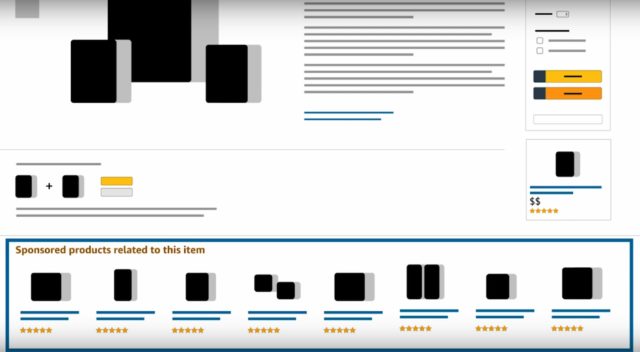
Sponsored Products promote individual product listings on Amazon as related items beneath searches. Using product targeting with Sponsored Products allows advertisers to choose ASIN (Amazon Standard Identification Numbers) based on price, rating, brand, or Prime shipping eligibility to display your products alongside, or Amazon will provide suggestions.
How is product targeting different from keyword targeting?
Most Amazon sellers are familiar with keyword targeting. Not only because 95% of Amazon shopping begins with a keyword search, but because, until fairly recently, Amazon ads were mostly sold via keyword bidding. Keyword targeting allows Amazon advertisers to appear in shoppers’ searches based on the terms they might be using to find a product. So, if a shopper is searching for a winter coat, they might use the keywords “Women’s Black Winter Coat.” The winning keywords would appear in sponsored listings featuring relevant products.
With product targeting, advertisers now have direct control over the specific products, categories, and brands they want to target, serving ad campaigns alongside other relevant search results. Product targeting is an excellent way to help shoppers compare prices, reviews, and Prime eligibility as they shop.
What products should you target?
Targeting any related products on Amazon is not only cost ineffective, it also might make your products blend in, rather than stand out. In order to make sure you’re targeting only products, brands, and categories that might make Amazon shoppers stop and take notice, there are a few best practices for product targeting.
One of the first things to consider is price. Savvy Amazon advertisers know that most shoppers are looking for a deal. Therefore, it makes sense to target products that are more expensive than your own, offering well-reviewed, more affordable options that might make shoppers stop and consider a bargain.
Another type of product to target are well-known brands. Brand names draw a lot of attention on Amazon, but not necessarily because shoppers must have those brand names. Many shoppers might search for Kleenex by name when they simply want soft, dye-free facial tissue.
It’s also a good idea to think about product targeting alongside products complementary to your own. For example, that same shopper who is looking for a black winter coat might also be looking for a pair of warm black gloves as well. Offering just the right product at just the right time might just win an upsell.
And finally, consider ratings. Studies show that 89 percent of consumers read reviews before buying a product. If you’ve got a product with stellar reviews, especially at a better price, displaying your item near a product with less positive feedback that costs more is certain to make your brand stand out.
When should you use negative=targeting?
Negative targeting is another important way sellers can utilize product targeting. Sometimes, there are products advertisers simply don’t want to appear alongside. In advertising, it’s all about association, and negative targeting allows Amazon sellers to choose which brands, products, and price groups their products are connected with. Negative targeting can also pull shoppers from your targets based on their browsing history.
Of course, product targeting is only a part of a robust Amazon advertising strategy. In order to fully realize your brand’s growth potential and stand out among competitors, it’s crucial to integrate these campaigns into keyword bidding strategy, using data intelligence to provide up-to-the-minute analysis of what’s working to get your products in front of as many potential customers as possible.


